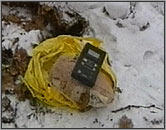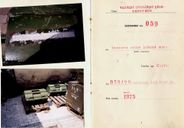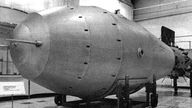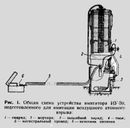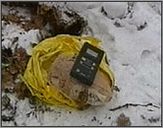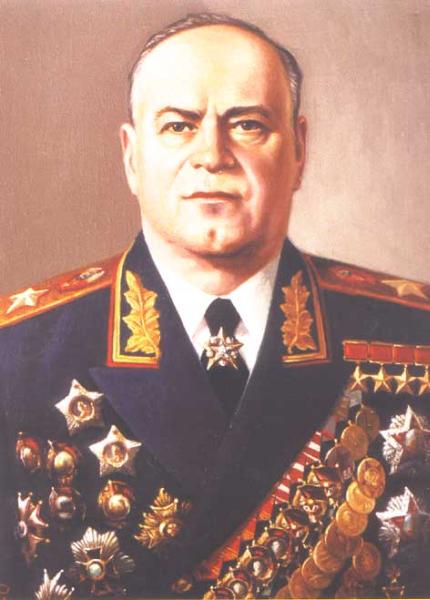
Nuclear Weapons

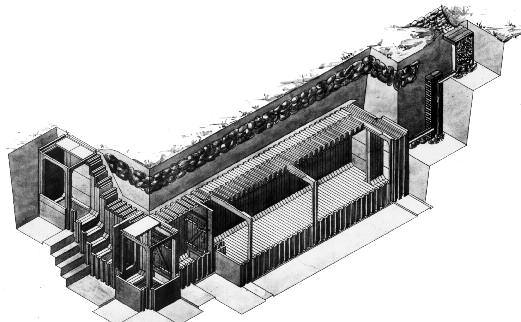
Czechoslovak shelters made of precast reinforced concrete

Introduction to Missile Defense
(Inter-Continental Ballistic Missile - ICBM). Intercontinental ballistic missiles, which can carry nuclear warheads and other weapons of mass destruction, are capable of hitting the territories of states separated by oceans or continents in a matter of tens of minutes. Anti-missile systems will be designed to shoot down ballistic missiles during their short flight and thus protect against the attack of these missiles.
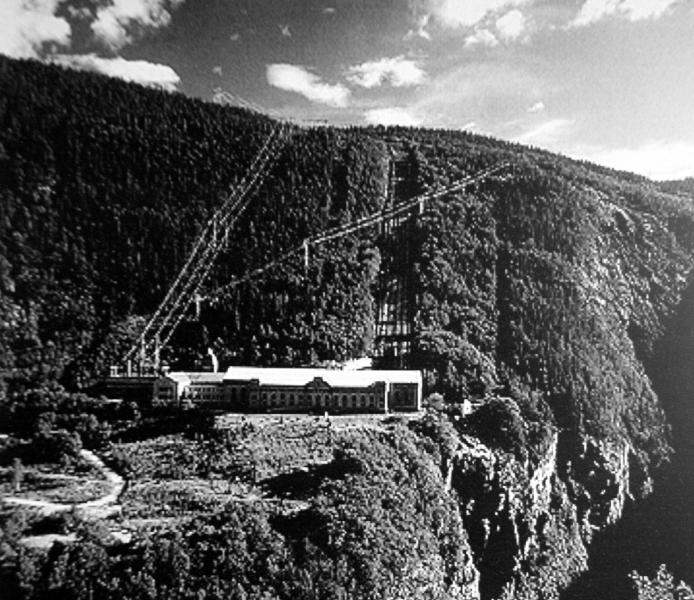
K.O. to the Atomic Bomb
North Korea and its nuclear carriers
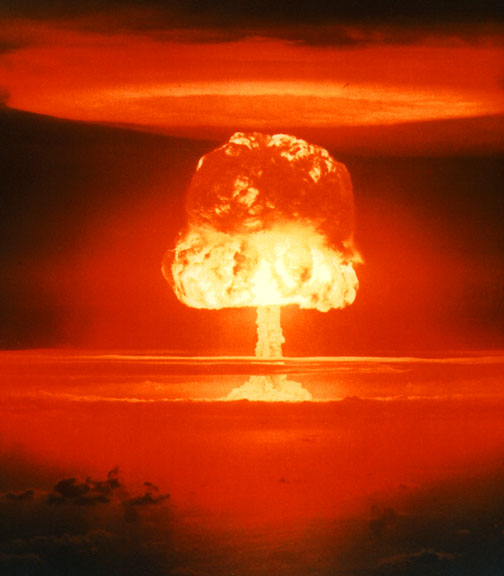
Nuclear strategic concept of the West in the Cold War
The article deals with a brief evaluation of the four most important strategic concepts of the Western Powers (mass retaliation, flexible response, MAD and SDI).

Nuclear weapons - an essential part of world politics?

Nuclear weapons - an essential part of world politics? Conclusion

Nuclear weapons - an essential part of world politics? I.

Nuclear weapons - an essential part of world politics? II.

Nuclear weapons - an essential part of world politics? III.

Nuclear weapons - an essential part of world politics? Introduction

Nuclear weapons - an essential part of world politics? References
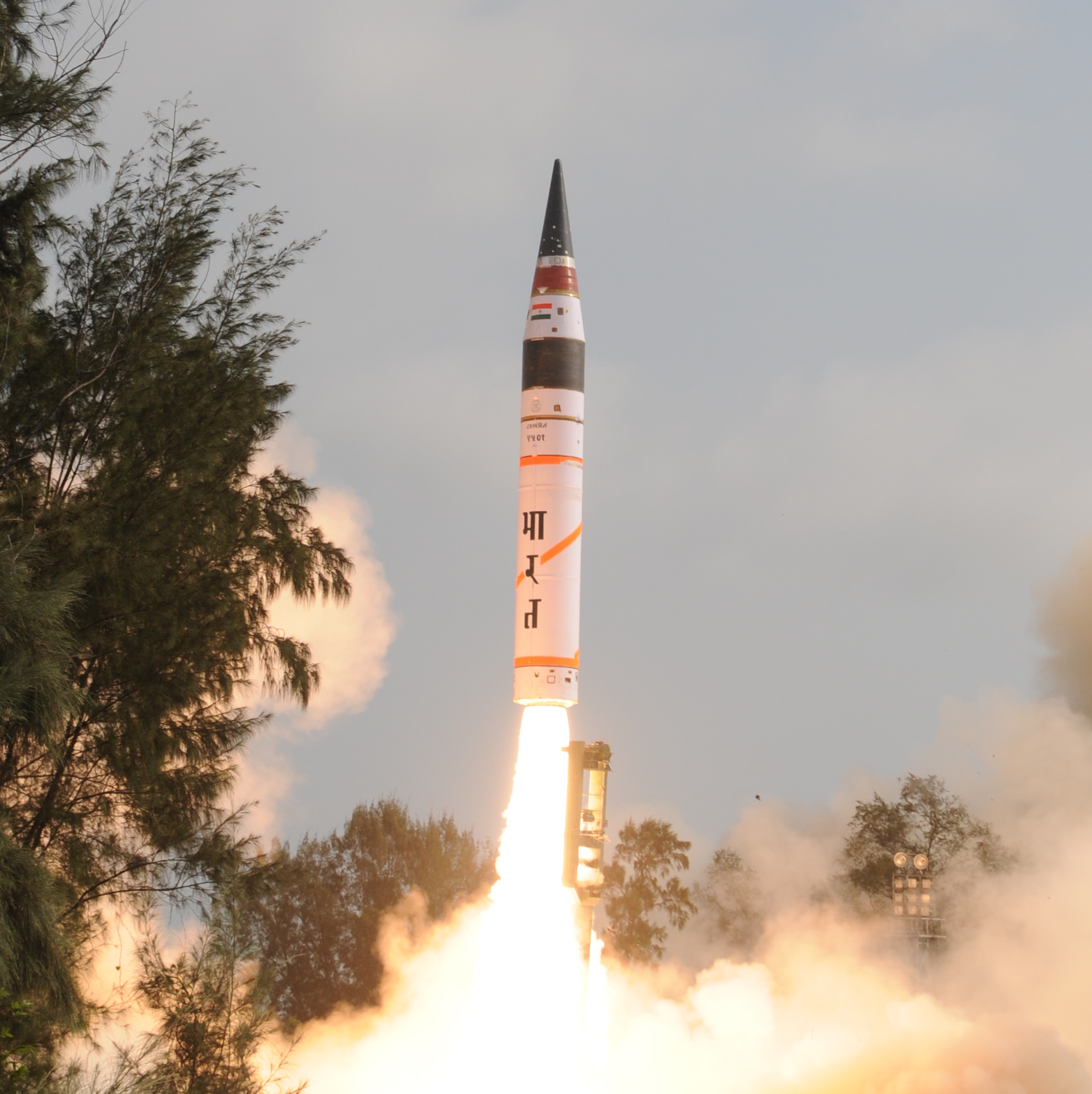
Nuclear weapons in the strategic relationship between India and Pakistan
India-Pakistan relations and conflicts are of paramount importance from an international perspective. This is because this is the region where the most real risk of the possibility of a military conflict between two nuclear powers currently exists. The following study aims to examine the nuclear weapons of Pakistan and India and compare their evolution, deployment options and nuclear doctrines in a broader strategic context.

Pakistan's path to nuclear weapons I.
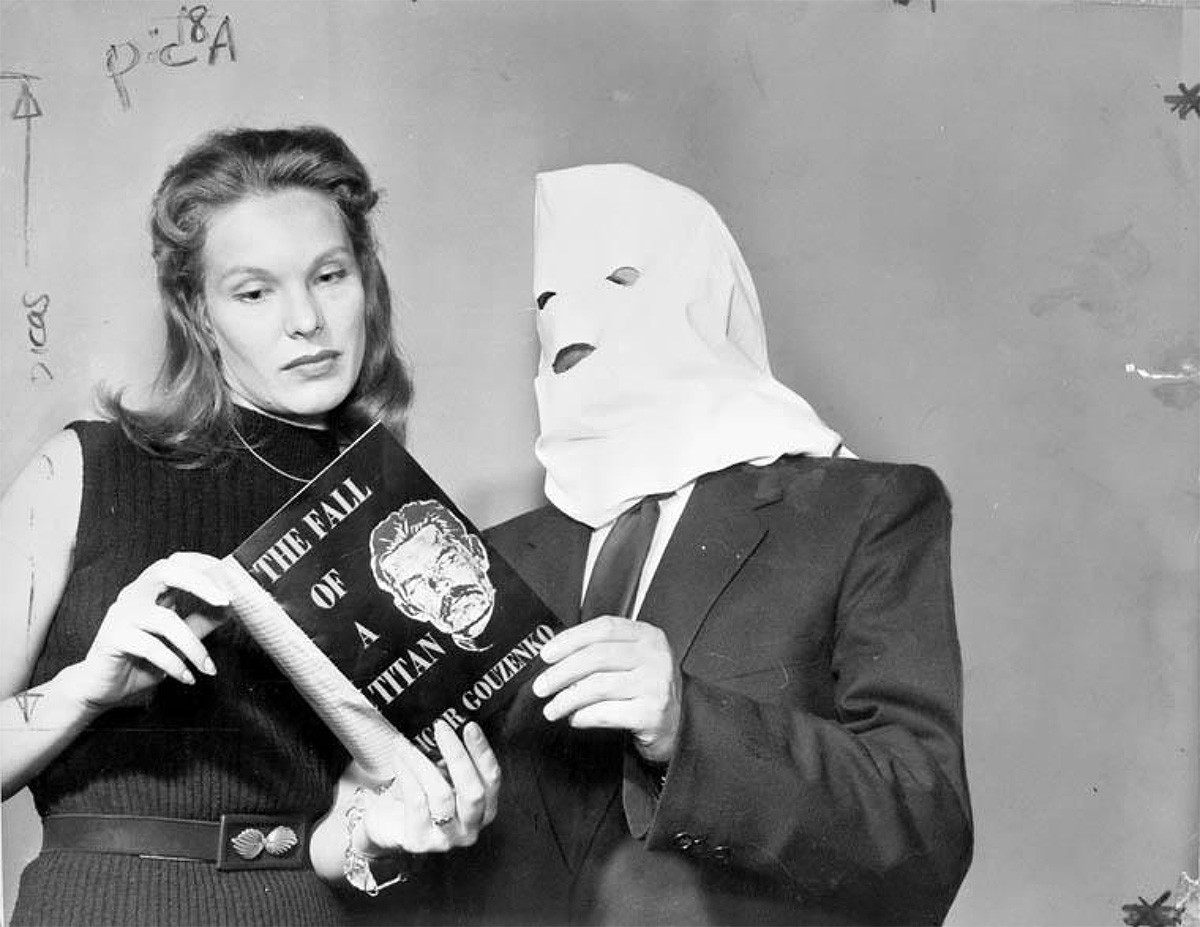
Rosenberg's network of atomic spies revealed
Alexander Vasilyev, a journalist and former member of the KGB, published other hitherto unknown names of Soviet spies.

Stockpiles of nuclear weapons
France (FRA)
United States of America (USA)

Nuclear Tests
Join us
We believe that there are people with different interests and experiences who could contribute their knowledge and ideas. If you love military history and have experience in historical research, writing articles, editing text, moderating, creating images, graphics or videos, or simply have a desire to contribute to our unique system, you can join us and help us create content that will be interesting and beneficial to other readers.
Find out more